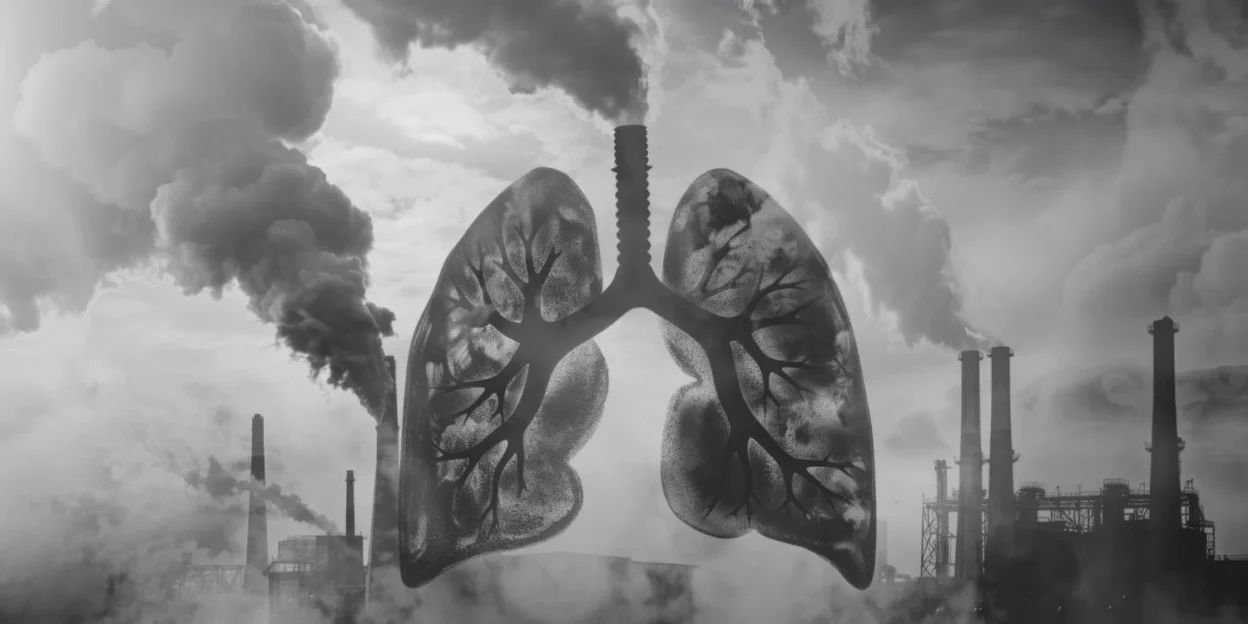Carbon monoxide is known as the “silent killer” for a reason. It’s colorless, odorless, and nearly impossible to detect without proper alarms—yet it can cause serious injury or death in minutes. When carbon monoxide poisoning occurs due to someone else’s negligence—whether in a rental home, hotel, or workplace—victims are often left with physical, emotional, and financial consequences. In these cases, contacting a carbon monoxide poisoning lawyer can help you understand your rights and determine if legal action is appropriate.
Whether you’ve suffered symptoms yourself or lost a loved one to carbon monoxide exposure, it’s important to know what legal options exist and how to move forward with confidence.
Recognizing the Dangers of Carbon Monoxide Exposure
Carbon monoxide (CO) is produced when fuels like gas, wood, or oil burn incompletely. Faulty appliances, blocked vents, or poorly maintained heating systems are common causes of dangerous CO buildup indoors. Without ventilation or detection devices, levels can rise quickly and silently.
Symptoms of carbon monoxide poisoning range from mild to severe and may include:
- Headaches
- Dizziness
- Nausea or vomiting
- Confusion
- Chest pain
- Loss of consciousness
Prolonged or high-level exposure can lead to brain damage, heart complications, or death, particularly in vulnerable populations like children and the elderly. If multiple people in a household or building experience symptoms at the same time, carbon monoxide should be suspected immediately.
Situations Where Legal Action May Apply
Not every instance of carbon monoxide exposure results in a lawsuit, but many are directly caused by negligence that could have been prevented. Here are some common examples where legal help may be appropriate:
- A landlord fails to install required CO detectors in a rental property
- A hotel doesn’t maintain its boiler or ventilation systems properly
- A contractor performs faulty HVAC repairs, leading to CO buildup
- A property owner ignores complaints or maintenance warnings about gas appliances
In these scenarios, victims may be entitled to compensation for medical expenses, lost income, long-term disability, or wrongful death. A legal professional can help determine whether negligence occurred and who may be held responsible.
Landlord and Property Owner Responsibilities
In many states, including California, landlords are required by law to install working carbon monoxide detectors in all rental properties that have fuel-burning appliances or attached garages. Failure to meet this obligation can be considered a breach of the implied warranty of habitability, meaning the property is legally unfit for tenants to live in.
Beyond installing alarms, landlords must also ensure that appliances and systems are properly maintained and repaired. If a landlord knew—or should have known—about a hazardous condition and did nothing, they could be held liable for any harm that results.
Similarly, hotels, motels, and short-term rental operators are responsible for protecting guests from foreseeable dangers, including carbon monoxide. If exposure occurs due to faulty equipment or poor safety practices, legal accountability may apply.
How Legal Professionals Can Help Victims
Filing a claim after carbon monoxide poisoning is rarely simple. It often requires expert testimony, technical inspections, and a clear chain of evidence connecting the source of exposure to the harm suffered. A qualified lawyer can guide victims through each step of the process:
- Investigating the cause of the carbon monoxide leak
- Determining liability among landlords, contractors, manufacturers, or other parties
- Collecting evidence, including medical records, maintenance logs, and inspection reports
- Valuing damages, including long-term effects, pain and suffering, or funeral costs in fatal cases
- Negotiating with insurers or pursuing litigation if needed
Because these cases involve both personal injury law and building code compliance, working with an attorney who has experience in carbon monoxide claims is essential for building a strong case.
What to Do After Suspected Exposure
If you believe you’ve been exposed to carbon monoxide, your first priority should always be safety and medical care. Once you’re in a safe environment:
- Seek immediate medical attention and request a blood test for carbon monoxide levels
- Contact local fire or health authorities to inspect the source of the exposure
- Preserve documentation: photographs of the space, repair requests, and any written communication with property managers
- Avoid making statements or signing documents from landlords or insurers without consulting legal counsel
Early action can help preserve crucial evidence and strengthen any future legal claims.
Conclusion
Carbon monoxide poisoning is a preventable tragedy, yet it continues to impact individuals and families due to careless property management and inadequate safety measures. If you’ve suffered harm from exposure, you have the right to ask questions, seek justice, and hold those responsible accountable.
Legal action may not reverse the damage done, but it can provide the financial and emotional support needed for recovery. A skilled carbon monoxide poisoning lawyer can help you evaluate your case, guide you through your rights, and advocate for the compensation you deserve.
No one should suffer in silence from something so dangerous—and so preventable. If you or a loved one has been affected, it may be time to take legal steps to protect your future and ensure others are not harmed in the same way.

Lexy Summer is a talented writer with a deep passion for the art of language and storytelling. With a background in editing and content creation, Lexy has honed her skills in crafting clear, engaging, and grammatically flawless writing.



